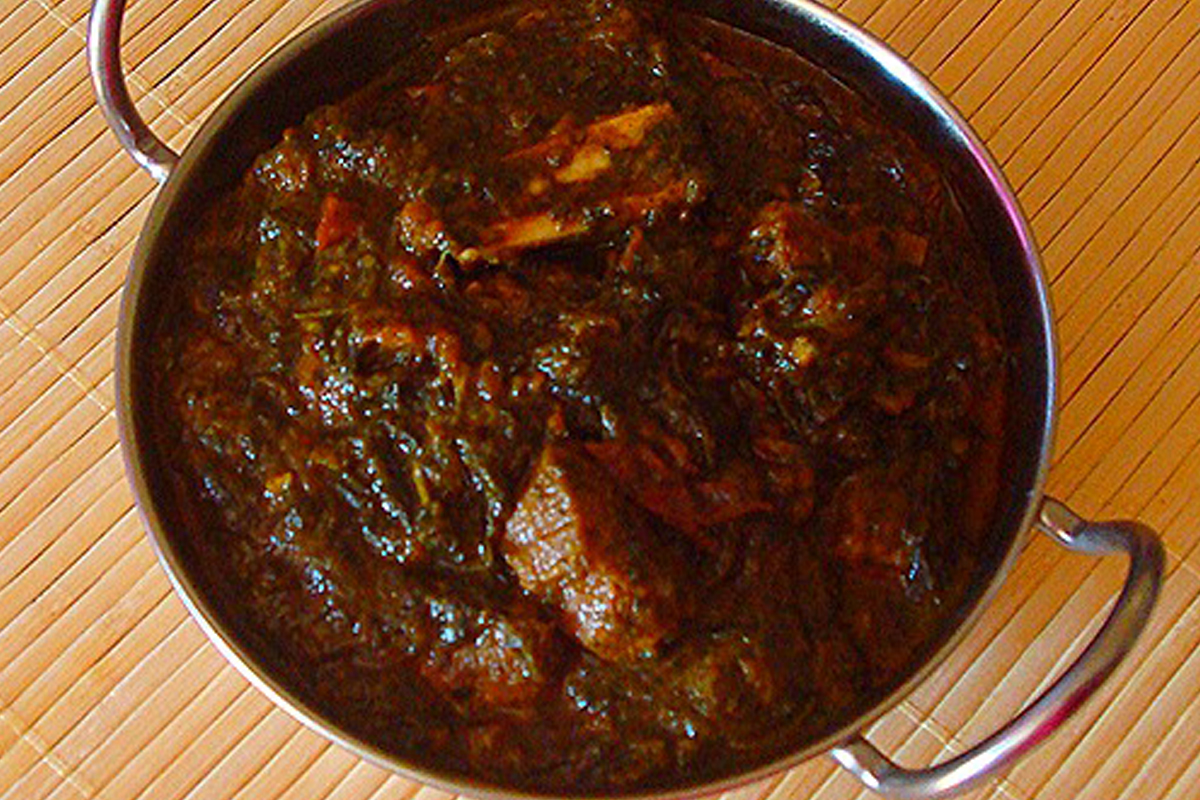Poila Baishakh: Shedding light on the changing dynamics of celebration
No matter how much we follow the Gregorian calendar and centre our lives around it, for a Bengali, 14 or 15 April is not just another day of the year.
So from this Bengali New Year on, let your taste buds get ready for twists in the tale of the Ganga and Padma rivers, as offered by various chefs and food enthusiasts.

Every region has its own unique cuisine. Bengal, perhaps, tops the list in the assimilation of various culinary strains into its cuisine because of its past rulers. The presence of a large number of other communities from India in Bengal for business or otherwise has also contributed to its cauldron. Yet Bengal designed its own vegetarian and non-vegetarian food, keeping its hot and humid climate in mind, except maybe for a month.
Today’s trend is towards reviving culinary experiences from personal histories and collective memories. The rise of food bloggers and vloggers is greatly helping us discover long-lost recipes from the kitchens of their mothers and grandmothers. Chefs too are playing their part through a number of eateries that have mushroomed in various para.
So what is bangaliyana in Bengali cuisine? For this, we need to cast our net wide to include erstwhile East Bengal, which first became East Pakistan and then Bangladesh. The east Bengalis brought into this part of Bengal their cuisine, and there was a mix of culinary styles – ghoti and bangaal – in many homes. Food writer London-based Mallika Basu, while researching the Bengali sweets of undivided Bengal, noted in an article that several sweets were lost in transition that were special to Bengali Hindus, often prepared at home on occasions like weddings or the Bengali New Year, or Poila Baishakh.
Advertisement
One of these was called chirajeera, which were tiny slivers of coconut immersed in sweet syrup. It was part of the wedding tattwo or gift tray, accompanying a bride.
Similarly, the east Bengalis enjoyed a variety of fish available in the numerous rivers, and some broad highlights are that while Bengali Muslims cook hilsa fish with onions, in West Bengal homes, potatoes were added to the hilsa grave cooked in mustard sauce, which Chanda Dutt, whose family came to Kolkata from East Bengal via a detour through Burma, was “horrified to find” in her in-law’s home.
The people of Mymensingh liked their dal with grated black cumin seeds. The people of the hilly tracts of Chittagong and Sylhet enjoyed dried fish, or shuntki, unthinkable in ghoti homes.
There are an endless number of cookbooks that talk about the various styles of cooking and regional variations. Similar to Iyer and Iyengar schools of cooking, the Bengali Barendra Brahmin style emanating from Rajshahi district of north Bengal incorporated its own unique flavour. Says academic and food researcher Amrita Bhattacharya, “The cooking style here is light and mostly fish-based but not made into fiery hot fish curries. I remember we ate a lot of fish, which was first boiled and then mashed. Not a bharta, which Bangladesh is noted for, but simply mashed and eaten with rice.”
The Tagores of Jorasanko took Bengali cuisine to another level.
“It is such a vast topic,” says Shamila Basu Thakur, dancer, writer, and food historian. “Where do I even begin?” Author of Rannar Rupkatha (culinary fairytales), she says, “Yes, Bengali cuisine is quite visible now, but how much it is authentic, is debatable.”
If Bengali food was rarely served outside in eateries about four decades ago, the trend started changing with eateries such as Kewpie’s and Bhojohori Manna. The latter replicated the good old-pice hotels of old Calcutta.
On the other hand, roadside hole-in-the-wall pice hotels have always served simple, no-frills Bengali food. At a time long gone by, for a pice, you could get maach-bhaat (fish and rice), known as the staple of Bengalis, catering to out-of-town workers. Today, these have regained their popularity by offering a mix of east and west Bengali dishes, meeting the nostalgic cravings of those who came from the East once and now for their children, and carrying forward the culinary legacy.
As Basu Thakur concurs, “It is not just about the food. It is the munshiana of Bengali cooking, or, in simple terms, the craft surrounding Bengali cooking, that one needs to understand.”
It is in those nuances, or little details. The way vegetables are chopped, cooked, and served matters a lot as to what, combined with what, is best. The variety is indeed mind-boggling!
“The popularity of Bengali cuisine among the community has not waned,” says Basu Thakur, “but perhaps we can improve on the presentation side that is happening with global Indian cuisine.”
Shubhajit Bhattacharya, who has a YouTube channel focusing on lost and rare recipes, is acquainting us with real gems. Some of the recipes can be done quickly, and there are others that are cooked for long hours. If cuisine unites the two Bengals sharing a love-hate relationship, the baton is now being passed onto the present generation from the previous one.
After popularising Burmese cuisine in the city, Chanda has started curating a menu comprising delicacies from both sides of the border. Her venture, Dui Nodir Golpo (Stories of Two Rivers), focuses on “very unique family-oriented favourite tidbits concocted by our didas, thakurmas, pishimas, and so on.”
So from this Bengali New Year on, let your taste buds get ready for twists in the tale of the Ganga and Padma rivers, as offered by various chefs and food enthusiasts.
In addition to chingri malai curry, kosha mangsho, and basanti pulao, you will discover rui macher shuntki, chitol mach kebabs, mutton gorgora, and various desserts like kayoner and luchir payesh.
It goes without saying that every second Bengali is a self-confessed foodie, with food dominating almost all conversations. So the Bengali New Year is no exception.
Advertisement